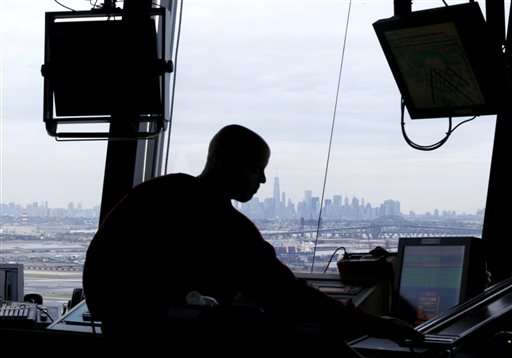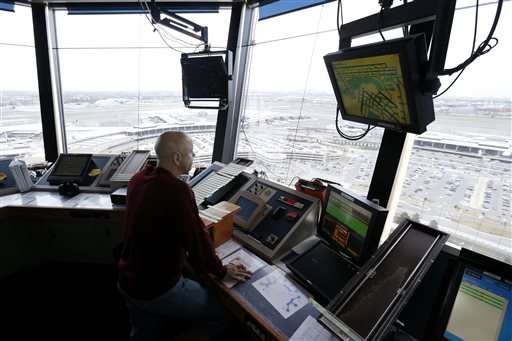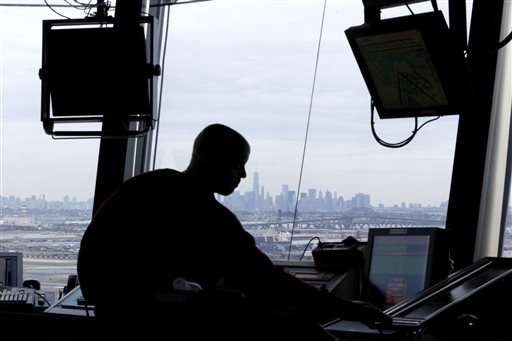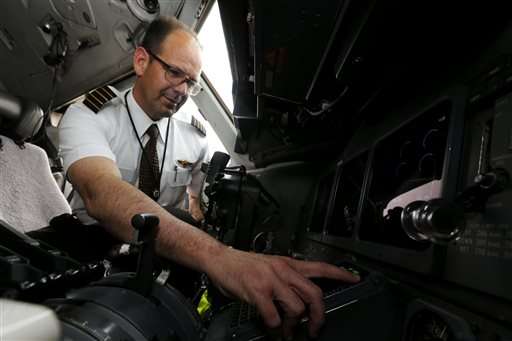Aviation agency unveils messaging system to reduce delays

A system that replaces verbal communication between pilots and air traffic controllers with computerized messages was unveiled Thursday by federal aviation officials, who said the system will reduce delays during weather events and cut down on errors that occur during routine voice transmissions.
The Federal Aviation Administration demonstrated the Data Communications system, called Data Comm, at New Jersey's Newark Liberty International Airport. The system has been used on a trial basis since 2013 at the Newark and Memphis, Tennessee, airports.
The system is used to communicate alternate routes for planes awaiting takeoff that are heading toward bad weather. Currently, the information is given by voice and can take several minutes as the pilot copies it down and reads it back to the controller, then enters it into the plane's computer system.
Using Data Comm, the controller transmits the information with a few clicks of a mouse. The information also is sent simultaneously to the airline's dispatcher, whom a pilot often has to consult before taking an alternate route that will expend more fuel.
FAA Administrator Michael Huerta compared the old system to getting directions over the phone from a friend, copying them down and checking them to make sure they're correct.
"With Data Communications, you don't have to call a friend for directions," he said. "His address is pre-programmed into your car's GPS system and all you have to do is press 'go.'"
Data Comm is one facet of the FAA's Next Generation Air Transportation System, or NextGen, a long-term effort to transition from an air traffic control system based on World War II-era radar technology to one based on satellite technology. NextGen will allow planes to safely fly closer together using GPS navigation, increasing the number of aircraft that can land and take off at airports and allow planes to save time and fuel by flying more direct routes.

The FAA hopes to have Data Comm implemented at 56 airports by the end of next year, said Gregg Anderson, the FAA's air traffic operations leader for the Data Comm project.
Officials said the new system also can reduce errors that are inherent in back-and-forth verbal communications, particularly when using the verbiage employed in the industry—in a demonstration Thursday, one of the routes given to a pilot with the acronym TOUGH became "Tango-Oscar-Uniform-Gulf-Hotel."
"This is transformational," said Ray Adams, head of the air traffic controllers union at Newark. "This will save so much time."

Paul Cassel, senior vice president of flight operations for FedEx, said he has seen delays reduced by several minutes since the company began using the system at its hub in Memphis.
United Airlines, which operates about 380 flights per day through Newark, hopes to have a little more than half its fleet equipped to use Data Comm in the next three years, said Jim Compton, United's chief revenue officer.
Roughly 800 planes are using Data Comm, Anderson said. The agency estimates that the benefits of the new system will be felt on a nationwide scale when that number reaches 1,900, or about 20 percent of the planes eligible to use it.

© 2015 The Associated Press. All rights reserved.


















